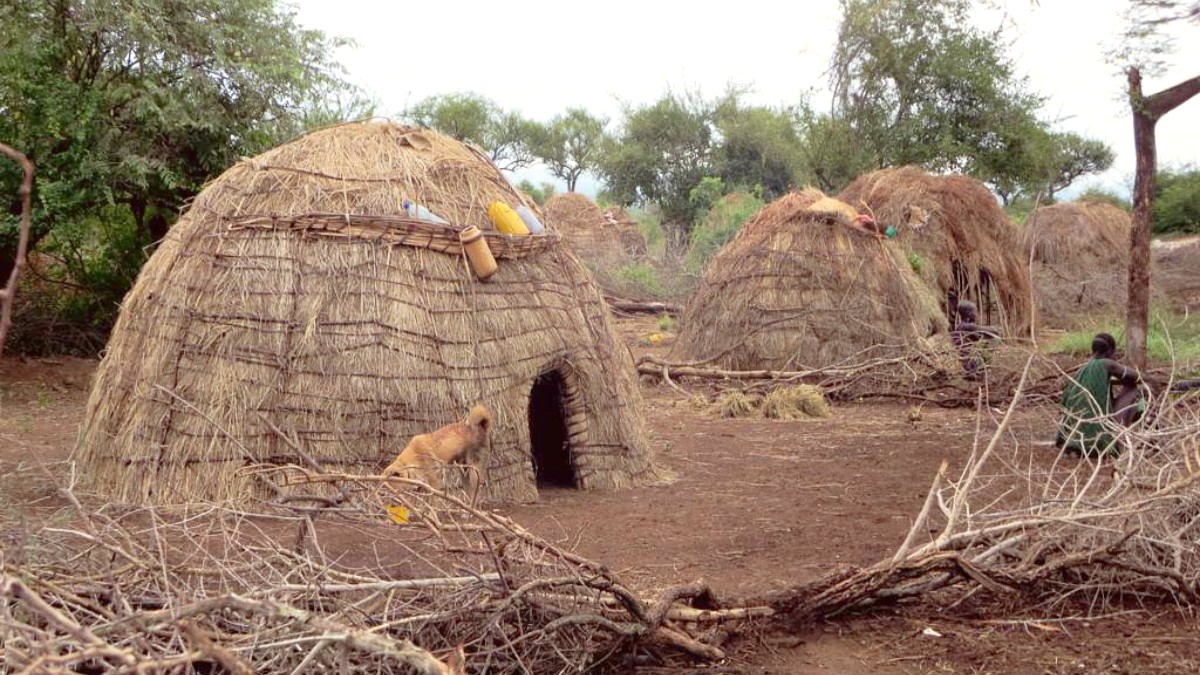
Ethiopia
The Omo Valley's natural environment offers unique experiences, from short walks to wildlife observation, distinct from typical adventure sports.
Formal hiking routes are limited. Most "trekking" consists of short walks between villages or to scenic points on uneven terrain. These walks are typically easy to moderate.
Mago National Park and Omo National Park provide opportunities for game drives. Wildlife includes zebras, giraffes, buffalo, elephants, and various antelope species. Sightings can be challenging.
The Omo Valley does not offer adventure sports or adrenaline experiences like bungee jumping, zip-lining, white-water rafting, cycling, or mountain biking.
Road conditions in Omo Valley are often rough, dusty, or muddy. Safety on these roads can be a concern, making 4x4 vehicles and experienced drivers essential. No support infrastructure for independent cyclists exists.
Cultural immersion forms the core purpose of visiting the Omo Valley, offering direct engagement with traditional lifestyles.
Observing tribal ceremonies like the Hamer Bull Jumping or Evangadi Dance is a major draw. These are authentic cultural events, not tourist performances.
This Hamer coming-of-age ritual involves running across cattle. Its timing is unpredictable, depending on families and astrological readings.
Look for locally owned lodges or those employing local people, which helps tourism revenue directly benefit communities.
Witness various ceremonies related to harvest, weddings, or funerals throughout the year, with your guide as a source of information.
Observe ceremonies respectfully and follow your guide's instructions closely to maintain appropriate conduct.
The cultural experience is organic and found in the living traditions of the people.
The Omo Valley is mainly a destination for active cultural exploration, not traditional relaxation or entertainment.
Nightlife in the Omo Valley is quiet, mainly focused on your lodge. No formal live music venues, theaters, nightclubs, or bar districts.
You might hear traditional music within villages or at your lodge, but not as organized public entertainment.
Late-night entertainment consists of conversation at your lodge, reading, or enjoying the clear, star-filled night sky. Many lodges have a communal area.
There are no beach or pool clubs in the Omo Valley.
Some lodges may have basic swimming pools, providing a refreshing dip after a day of travel.
Some very basic local bars ("tej bets" or "tella bets") may exist in towns, catering to locals, but not part of a tourist nightlife scene.
In many villages, tribespeople sell their crafts directly. This offers a good way to purchase souvenirs and support the local economy.
Mursi: Handcrafted lip plates, earplugs, pottery. Hamer: Beaded necklaces, hair styling items, carved calabashes. Karo: Body paint items. Ari: Pottery, honey, coffee. Konso: Wooden carvings, textiles, stools.
These items represent the unique artistry of the Omo Valley tribes.
Consider handmade jewelry, traditional textiles, woven goods, wooden headrests, pottery, or tribal stools. Local coffee beans are also an option.
Purchase directly from artisans to support communities. Avoid culturally sacred or illegally sourced items. Bargain respectfully. Do not buy from children who should be in school.
Shipping items from Ethiopia can be complex, expensive, and unreliable. Most tourists carry their purchases with them as luggage. Be aware of customs regulations for your home country regarding cultural artifacts or certain natural products.